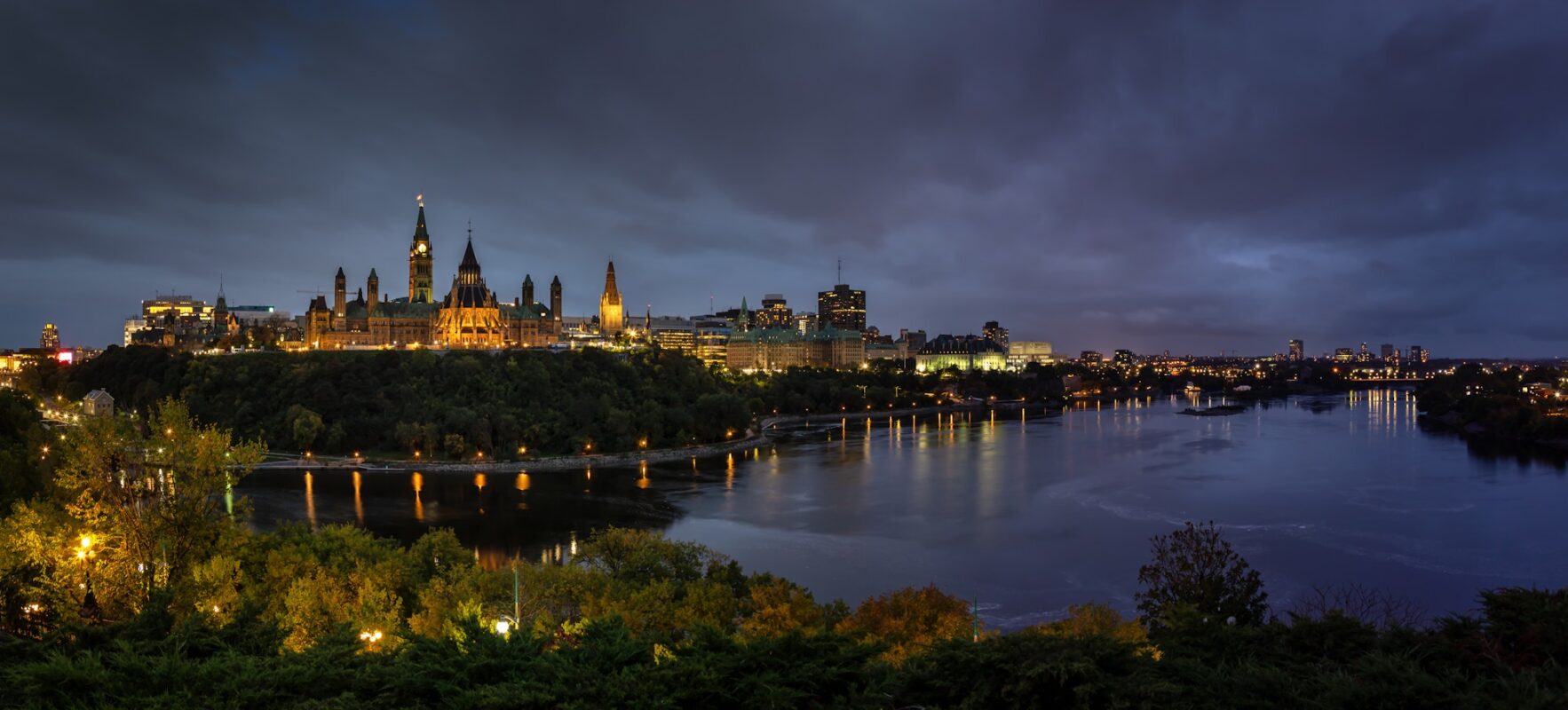John Almstedt did some homework in the Westboro Beach area:
“I didn’t look around any more than our immediate neighbourhood (we live at 275 Kirchoffer) and was dismayed to see the many little subzoning tidbits spread around the community while just one big general classification (O1L[310]-h) covered almost the entire NCC shoreline. I’ve outlined a few of the unique parts of the NCC’s property here as well as several other pieces of City and Federal land. Maplelawn field (placemark H) is an example of what can happen with such a general zoning designation, it seems to have no value in the current discussion on where to route the Light Rail. I found it amusing to see how the dogs are recognized more than the ecology through which they’re walking, for instance placemark F represents a significant stand of Burl Oaks that should be designated as something more significant than just EP-Environmental Protection Zone (Sec 183-184), you can see where they’ve already chopped into the woodlot with several new multiple dwellings.”
~~~~~
Here is a related essay by Amy Kempster about how the NCC lands have been treated in the amalgamated City of Ottawa’s first Official Plan and Zoning By-law. It was written in 2003, and much of it remains relevant today, although the NCC is no longer under the same pressure to sell land as it was then.
National Capital Commission: Protector of Greenspace or Protector of Developer Rights?
~~~~~
April 22, 2017
Some years ago it was revealed that many local parks in fact do not have the protective status appropriate for a park (i.e., O1, O2, L1 or L2). At Ecology Ottawa’s Park Summit today, Kevin Wherry, Manager – Recreation Planning & Facility Development in the City of Ottawa’s Parks, Recreation and Cultural Services Department, asserted that most parks now have the appropriate zoning status. Moreover, “park” has been added as a permitted use in most zoning categories (except transportation-related). Most of these changes have been accomplished via the quarterly “Anomalies” and “Omnibus Amendments” reports that are tabled at Planning Committee.
E.D.


John Almstedt did some homework in the Westboro Beach area:
“I didn’t look around any more than our immediate neighbourhood (we live at 275 Kirchoffer) and was dismayed to see the many little subzoning tidbits spread around the community while just one big general classification (O1L[310]-h) covered almost the entire NCC shoreline. I’ve outlined a few of the unique parts of the NCC’s property here as well as several other pieces of City and Federal land. Maplelawn field (placemark H) is an example of what can happen with such a general zoning designation, it seems to have no value in the current discussion on where to route the Light Rail. I found it amusing to see how the dogs are recognized more than the ecology through which they’re walking, for instance placemark F represents a significant stand of Burl Oaks that should be designated as something more significant than just EP-Environmental Protection Zone (Sec 183-184), you can see where they’ve already chopped into the woodlot with several new multiple dwellings.”
~~~~~
Here is a related essay by Amy Kempster about how the NCC lands have been treated in the amalgamated City of Ottawa’s first Official Plan and Zoning By-law. It was written in 2003, and much of it remains relevant today, although the NCC is no longer under the same pressure to sell land as it was then.
National Capital Commission: Protector of Greenspace or Protector of Developer Rights?
~~~~~
April 22, 2017
Some years ago it was revealed that many local parks in fact do not have the protective status appropriate for a park (i.e., O1, O2, L1 or L2). At Ecology Ottawa’s Park Summit today, Kevin Wherry, Manager – Recreation Planning & Facility Development in the City of Ottawa’s Parks, Recreation and Cultural Services Department, asserted that most parks now have the appropriate zoning status. Moreover, “park” has been added as a permitted use in most zoning categories (except transportation-related). Most of these changes have been accomplished via the quarterly “Anomalies” and “Omnibus Amendments” reports that are tabled at Planning Committee.
E.D.